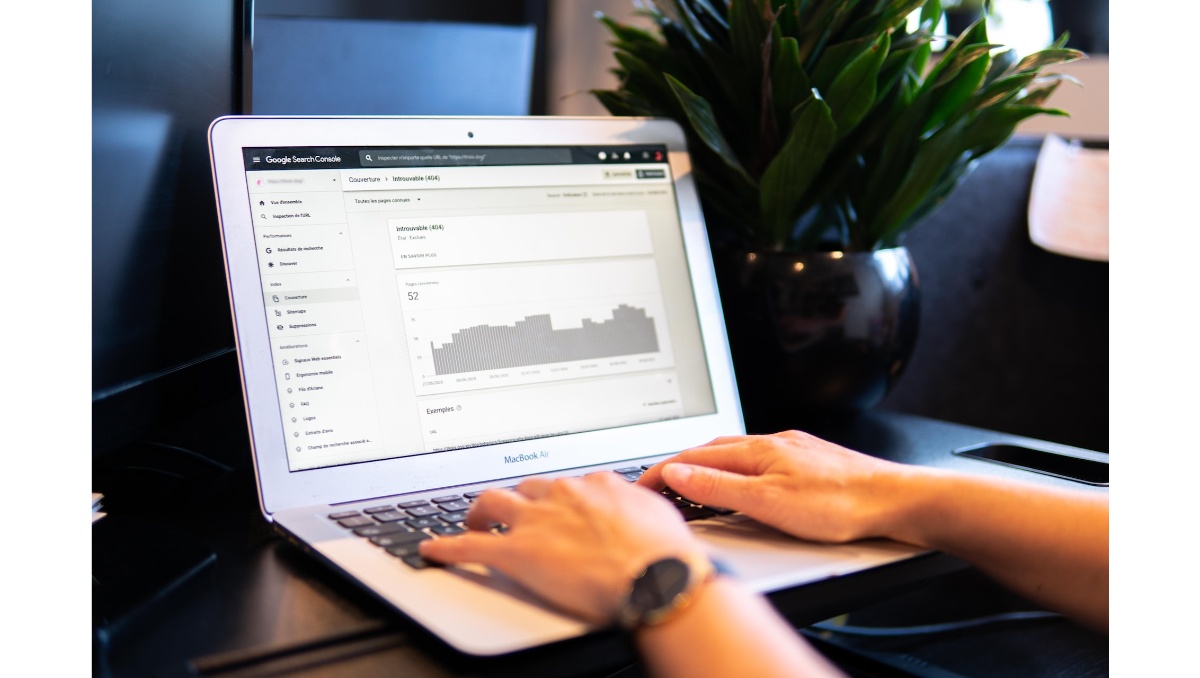You can enhance your business conversion rates easily with these simple strategies:
Probably one of the most important metrics for any e-commerce, as it indicates what percentage of your visitors end up buying. Or, in other words, how good you are (you and your website) at selling your products.
The conversion rate is a metric that tells us what percentage of a website’s users convert.
If your conversion rate is equal to or higher than the data shown, then you could say that you have a good conversion rate. But don’t get complacent, you can apply the strategies we are going to show you below to improve even more and increase your revenue.
Understanding your potential client’s needs is critical for any business owner. With the help of this list of tips, you can improve your conversion rates and ensure that your website is effective.
The conversion rate in retail, as in other retail sectors, is one of the key metrics. Many retail store managers don’t even know what the conversion rate is. Others know what it is but don’t pay attention to it – if the company is doing well!
Everything can get better, and here we are at SBT to prove it to you. That’s why we’ve come up with the 10 essential keys to improve the conversion rate in Retail and, ultimately, to sell more.
Tips for boosting your conversion ratio
- Optimize your forms
- Scarcity marketing
- Create a sense of urgency
- Social testing
- A/B testing. Optimize your landing pages
- Trust and security (returns)
- Promotional codes and offers
- Add value to your products
- Facilitate the buying process
- Remarketing
- Offer help and assistance
- Bonus: The pop-up that will change everything
The KEYS to improving your retail conversion rate
1) What is your current Conversion Rate?
To know if you are improving, the first thing to do is to take a snapshot of how you started. Evaluate this conversion rate by setting up a people counter in your store and divide the results by the number of tickets you have.
This will allow you to move forward and come up with options to improve your store’s conversion rate. With this data in hand, you can embark on the path to generating more sales, both qualitatively and quantitatively speaking.
2) Why don’t our Customers buy?
It’s one thing if your customers don’t even enter the store, and another, more frustrating, is that they enter but don’t buy.
Your job at this point is to find out what’s going on: Are the most sought-after products out of stock? Are the queues tediously long? There could be dozens of reasons why your conversion rate is stagnating or going down.
A solution to this? Communicate it to your employees. Ask them to observe when customers tend to abandon the purchase so that you can act on that particular problem.
There are many reasons why your customers don’t complete a transaction:
- They don’t come into the store. It is possible that your store is in an area that is not very commercial, or that your target audience does not walk in the area. On the other hand, it may be a brand reputation problem or related to the appearance of the storefront.
- They look and leave – no interaction? Then the problem may be in the pricing (more inflated than the competition), the product (not attractive enough), or the layout of the product. Here comes into play the value of the staff to suggest visitors to try one of your products.
- They try it but are not convinced. In this case, the optimal solution is to offer a product similar in features but more in line with the customer’s need. On the other hand, it may be that they do not like the so features tonal of the product itself (financing, transport, respect for the environment…).
- They abandon the purchase. It can happen, most commonly because of long queues at the cash register. To enhance this user experience factor, it is best to have an appropriate queue optimization system.
3) Understand deeply your Audience
Improving the conversion rate in Retail implies knowing each customer perfectly. Or if not him, to those who are similar. This is what is known as a buyer persona, a very specific type of target audience.
Age, gender, interests, tastes, and habits… are just some of the characteristics that you should measure and use to boost conversions. How to do it? Although you can sit back and observe and count, there are technological solutions that do it for you.
As characterized by Hotjar, transformation rate streamlining (CRO) is the act of expanding the level of clients who make an ideal move on a site. This activity can be looking at the whole page, finishing a structure, adding an item to a list of things to get, or buying an item through and through. Yet, at its center is a significant move that the advertiser believes the client should initiate.
For what reason do Search Engine Optimization (SEO) and CRO complete one another so well?

There are three things you need to know all about your clients to have the best client experience.
- Stage one: figure out what they need and need from a site.
- Second stage: center around conveying those necessities, not exclusively to change over yet additionally to keep them returning as clients or leads of yours.
- Stage three: ensure everybody knows.
While Search engine optimization builds traffic to your site, CRO helps make the outcomes significant. For instance, while Search Engine Optimization (SEO) can assist you with positioning for the catchphrase “purchase dark pants,” a decent CRO strategy will assist you with expanding your deals rates and decreasing your unwanted trucks or bob rates.
You can’t have a framework where the sole inspiration driving your Internet enhancement is to rank, regardless of what the searcher’s hold back nothing. This makes it critical that the right watchwords rank for the right sort of pages. Basically, you should answer client questions and fulfill guests.
Speed up page load.
As indicated by Google, a site’s skip rate diminishes by 32% in the event that it loads somewhere in the range of 1 and 3 seconds. Your site resembles a vehicle: on the off chance that it doesn’t begin immediately, individuals will leave it abandoned and find something quicker.
Many elements influence how buyers see your image. One of them is page speed. Assuming your page is excessively sluggish or inconvenient, it can establish an amateurish connection that will switch off likely clients.
To enhance user experience, employ neural design.
Neuro configuration outfits the force of brain science and neuroscience to make outwardly enthralling advanced items. To do this, it concentrates on individuals’ reactions in various circumstances, for example, when they show up at a site, and learns the sort of triggers that make them bound to purchase an item.
For your business to flourish, you want something other than new guests to the site. You want clients who draw in with what reverberates best according to their viewpoint. Thusly, savvy configuration can assist you with holding guests and tempt them to make a move.









